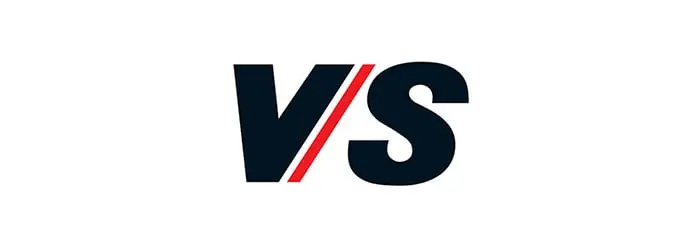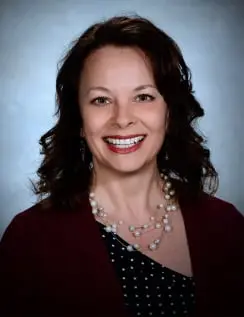
|
|
| 1 LU |

|
|
| 1 LU |
Change can be daunting. Limitless and effective solutions for projects require precision in the entire range of work from inclusion and planning to implementation and a series of wellness checks.
Change within the constraints of a new construction project can be supported but a host of new initiatives and systems. Even though these components require significant time and energy, change within a renovation, paint-up fix-up or retrofit project delivers a heightened set of problems. One of the largest constraints in this project type is that the community will be, for the most part, dealing with foundational decisions that were made 35 or 50 plus years prior. As a result, sensitive “dancing” must be made around heightened transparency, security, function and storage.
We all desire projects which deliver that perfect “pretty picture,” often taken prior to the joy of the end-user’s first day of gathering. Such directives become non-negotiable demands in the early conversations of physical change no different than my superintendent’s directive in 2012. His voice was perfectly clear, “I no longer want to enter my grandfather’s school, I want to enter a space that is fun, safe, inviting and engaging.” The administration of Lake Shore Public Schools took this passion one step further. During the initial stages of the process, they became aware of a potential hurdle which may be difficult to clear. Without a heightened enrichment of teacher efficacy, the “next shiny thing” will have zero impact on education.
In this session we will travel alongside of a small public school district, which through a series of discussions, surveys, walkthroughs and professional development sessions, listened intently to their community to create spaces that enhance teacher efficacy.
Learning Objectives:

Rachelle is the Assistant Superintendent of Academic and Student Services for Lake Shore Public Schools in St Clair Shores, MI. She oversees the curriculum, instruction, and academic services, birth - adults, for the district. She is passionate about providing quality education and opportunities for all students.

David, founder of David Stubbs Design, is an award-winning creator of educational furniture solutions. He focuses on the physical and social-emotional requirements of stakeholders, supporting manufacturers, designers, and school communities worldwide. With a disruptive approach to design, he supports programming and professional development needs while delivering detailed, systematic conversations to educational institutions and design professionals. David is an innovator, researcher, writer, consultant, advisor, and speaker. His environments demonstrate 100% engagement and wonder, sustainability, and improved indoor air quality.
This track addresses the Response to real-world events and experiences that impact our daily life and our ability to function normally and be productive. The response to these occurrences is reflected in the learning environments we create and leads to the question – how can schools respond to real-world crises in a way that supports the well-being of occupants and our students' learning journey? How do we respond with approaches and strategies that may be used to balance the inability and lack of needed financial resources to address deficiencies within our learning environments’ infrastructure? Topics expand on the Art approach to the theme, but also include Science in the form of findings and outcomes through case studies and examples of successful responses to real-world conditions and events such as the COVID-19 pandemic, climate change, declining student enrollment, economics, equity, and other topics.
Primary Core Competency
Educational Visioning: Exhibits an understanding of best and next practices related to educational leadership, programming, teaching, learning, planning and facility design. Establishes credibility with educators, community members and design professionals while conceiving and leading a community-based visioning process. Demonstrates the ability to articulate the impact of learning environments on teaching and learning and uses that ability to facilitate a dialogue that uncovers the unique needs and long-range goals of an educational institution and its stakeholders – translating that into an actionable written/graphic program of requirements for the design practitioner.